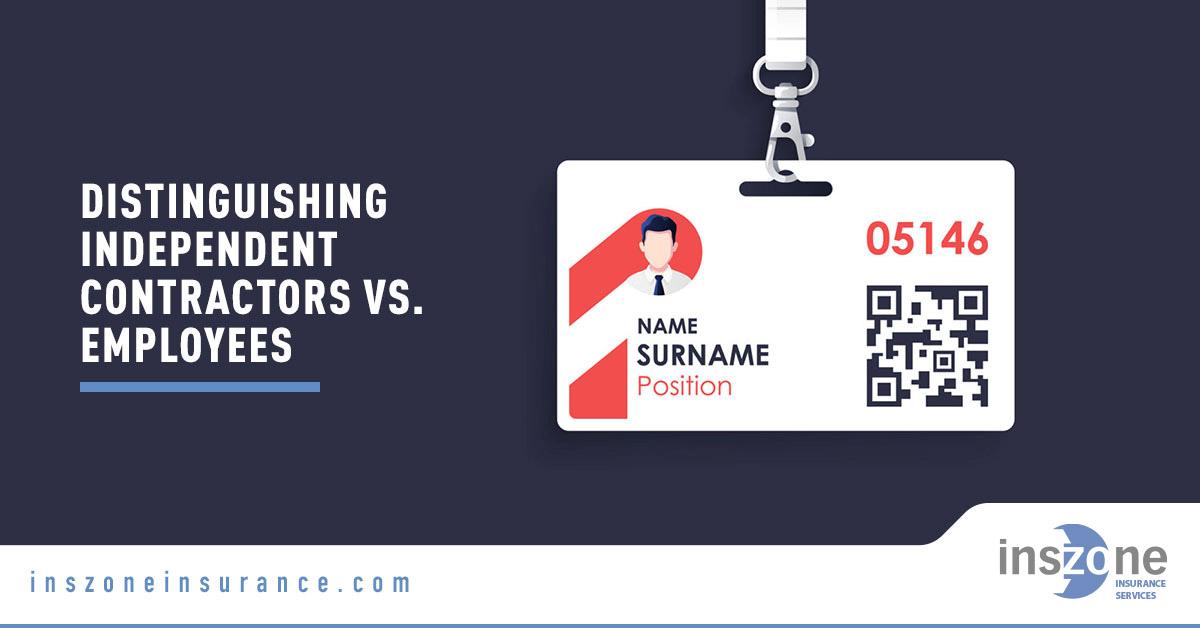Distinguishing employees from independent contractors is not as straightforward as it sounds. There are no single, universal guidelines that employers can rely on to make the determination. Federal and state labor regulators, the Internal Revenue Service, and the courts have each set rules—but those rules often differ, leading to confusion. As a result, a worker considered a contractor under one set of rules may be deemed an employee under another.
Who Is an Independent Contractor?
The definition varies by state:
-
Some states issue specific rulings.
-
Others rely on case law or prior court decisions.
-
Some apply a checklist of criteria.
-
In a few states, certain occupations—such as real estate agents—are automatically designated as independent contractors.
In general, an independent contractor is an individual who works for themselves. They often provide specialized skills not part of a company’s core business, may serve multiple clients, set their own fees, and usually provide their own tools and equipment. Independent contractors typically decide how and when their work is performed and delivered.
Most states apply common principles that focus on independence. Two key questions often guide the classification process:
-
Does the worker operate an independent business separate from the employer’s core business?
-
Does the employer control only the outcome, or also the method and means by which the work is completed?
It’s important to note that simply having a written agreement stating a worker is an “independent contractor” does not guarantee they will be classified that way. State agencies generally look at the degree of control the employer exerts, not just the terms of the contract.
The Gig Economy
In recent years, short-term jobs or “gigs” have become common across many industries. Gig workers are generally treated as independent contractors rather than employees, meaning they are not entitled to benefits such as insurance, retirement plans, or paid leave.
Who Is an Employee?
An employee, on the other hand, is someone over whom the company has significant control. Under common law, courts consider multiple factors, with the employer’s right to control the manner and means of work being the most important.
Other factors include:
-
Materials and tools: Workers using the employer’s tools are more likely to be considered employees.
-
Mode of payment: Regular wages (hourly, weekly, or biweekly) suggest an employment relationship, while fixed payments for specific projects lean toward contractor status.
-
Control of the premises: Work performed on premises controlled by the employer points toward an employee relationship.
-
Right of discharge: If the employer can terminate a worker at will, this also suggests an employment relationship.
No single factor is conclusive. Instead, all relevant details are considered together to determine whether an employment relationship exists.
Tests for Classification
In California, different agencies apply different tests. For example, the Division of Workers’ Compensation uses its own criteria when determining eligibility for benefits, while the IRS applies federal standards. The California Department of Labor Standards Enforcement (DLSE) also reviews classification disputes, particularly regarding wage and hour laws.
Misclassification is a common issue, and when workers are incorrectly labeled as contractors, employers may avoid obligations such as overtime pay, meal and rest breaks, or minimum wage protections.
Consequences of Misclassification
There are consequences if employees are classified as independent contractors. Some states randomly audit employers to make sure that workers are properly classified. Although, most states rely on insurers to conduct audits.
In most cases, employers who misclassify their employees as independent contractors intend to avoid paying taxes and/or to provide standard employee benefits. Large and small business encounter this issue, knowingly or otherwise. If there are notable errors about a worker’s paperwork, the IRS could investigate a company further.
Companies are required to file the correct employee or independent contractor to the IRS. If a worker is found out to be misclassified and the employer does not correctly withhold or pay the taxes that is required by law, withhold social security or Medicare amounts, the IRS can audit the business and go after the money that is owed. Not to mention the additional penalties or fines for the error.
Disclaimer:
This article is intended for informational purposes only and does not constitute legal or business advice. Inszone Insurance Services and its affiliates do not warrant that the information provided is suitable for any specific purpose. For guidance on your particular situation, please consult your business or legal advisor. Coverages and requirements may vary by location. Contact us for more information.





